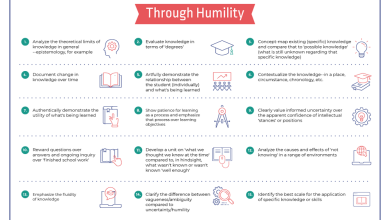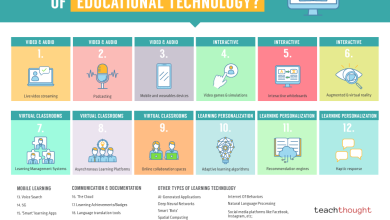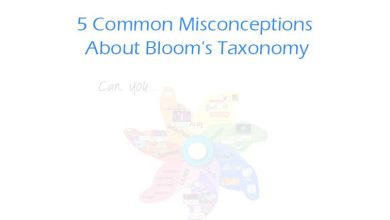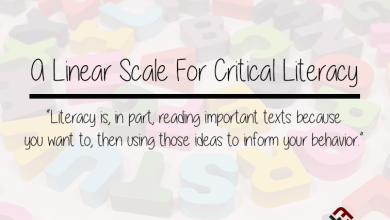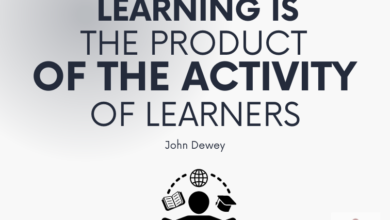Why Is Early Childhood Education Important? –
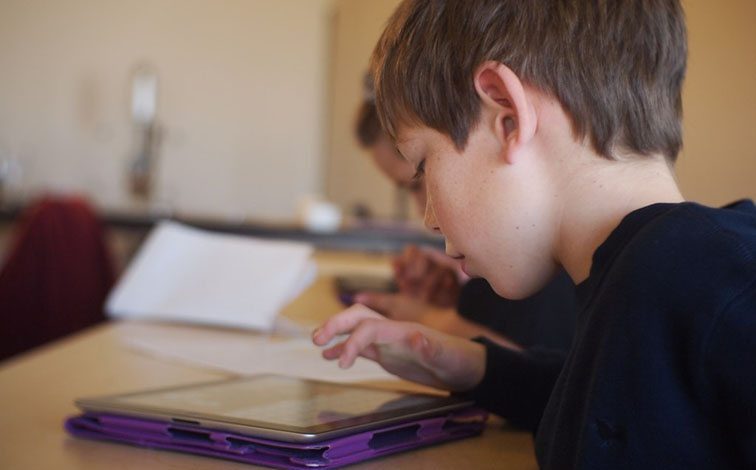
contributed by Becky Fisher
There has been a lot of buzz lately around the importance of early childhood education (ECE).
While many hurdles remain, there have been a lot of advancements in ECE technology, including new apps, platforms, and tools. But how can we ensure that these products promote quality in early childhood education (‘kindergarten-readiness’) while also instilling a lifelong love of learning in a generation immersed in mobile technology?
Why Is Early Childhood Education Important?
A longitudinal study conducted in Santa Clara County, California researched the academic and social effects of kindergarten readiness. This study defined kindergarten-readiness in terms of 20 skills, which were boiled down to four categories:
● Self-Care & Motor Skills
● Self-Regulation
● Social Expression
● Kindergarten Academics
Early childhood education is crucial because it provides a strong foundation for a child’s future academic and social success. Here are some of the reasons why early childhood education is important:
1. Brain Development: During the first few years of a child’s life, their brain is developing at an incredible rate. Early childhood education helps to stimulate this development, by providing opportunities for children to explore, experiment and learn through play.
2. Socialization: Early childhood education is essential in developing social skills in children. Through interactions with peers and adults, children learn how to share, communicate, collaborate, and develop empathy.
See also What Is Social Emotional Learning
3. Language Development: Young children are like sponges and are able to absorb language and vocabulary quickly. Early childhood education programs provide opportunities for children to learn new words, develop their listening skills, and express themselves verbally.
4. Preparation for School: Early childhood education programs can prepare children for the transition to formal schooling. Children who have participated in high-quality early education programs are more likely to perform better in school, have higher graduation rates, and attend college.
5. Long-Term Benefits: Early childhood education has long-term benefits, including higher earnings potential, improved health outcomes, and lower rates of criminal activity.
Simple Strategies To Improve Early Childhood Education
Building To Play, Learn, & Grow
There is a clear difference in the academic performance between the students who were well prepared for kindergarten and those who were not. It’s clear that students who were considered to be prepared had higher success rates in third grade. How can we, as game designers and children’s app developers, ensure that we are building for kindergarten-readiness?
Here are a few tips.
1. Start with the human component
They are first children before they are ‘students.’ Students need to feel safe, confident, playful, and protected, and capable of learning. There are, of course, many Benefits Of Social Emotional Learning.
2. Place literacy near the core of an ECE plan
Why is early childhood education important? Reading and writing are the building blocks of formal learning. While not the single most important element of early childhood education, literacy (from phonemic awareness to sight word vocabulary to emerging readers), is crucial.
3. Build Age-Appropriate Games
This is one of the most important aspects of early childhood education and related game development. It is crucial to fully understand the cognitive development and motor skills of your target audience. Games that are too difficult, too easy, or too complicated will not only have a hard time retaining a child’s attention, they will also fail to have any educational impact. Building ageappropriate games requires research, playtesting, and the willingness to iterate on a product.
4. Marry the Mechanics with the Learning Goals
Learning goals should be the backbone of any ECE product. They should be clear, concise, and based on informative research. These should then link directly to the mechanics of a game. In other words, succeeding in the game should BE succeeding with the learning.
5. Find out what the Zone of Proximal Development is—and use it
A psychologist named Lev Vygotsky introduced the idea of the Zone of Proximal Development (ZPD), which is the optimal learning space between what a learner can do on their own and what they cannot do at all. In other words, the ZPD is where students can achieve success with appropriate help. All learning games, regardless of target audience, should be within the ZPD and use adaptive learning mechanisms to keep learners there.
6. Make it Playful
See #1. Early education learning games should be fun. As Fred Rogers once said, “Play is often talked about as if it were a relief from serious learning. But for children play is serious learning.” For us, the implication is clear: We can best support early learning by making it playful. Games that are silly, colorful, interesting, challenging, and engaging—and that make it OK to fail and try again—will appeal most to early learners.
See also How To Learn Through Play
5. Design for Parents
Parents are the single most important learning resource in young children’s lives. Building an ECE experience with coplay and colearning (instead of ‘digital babysitting’) is arguably the best way to ensure that learning will happen. Developing games that not only provide opportunities for coplay but actively encourage it can help promote higher levels of learning.
Ultimately, early education technology should have a sense of whimsy and encourage young learners to explore, create, and play. When designed well, technology can develop a sense of wonderment, equip young kids with important kindergarten-readiness skills, and inspire a lifelong love of learning.
Why Is Early Childhood Education Ipmortant? featured Image courtesy of bradflickinger
